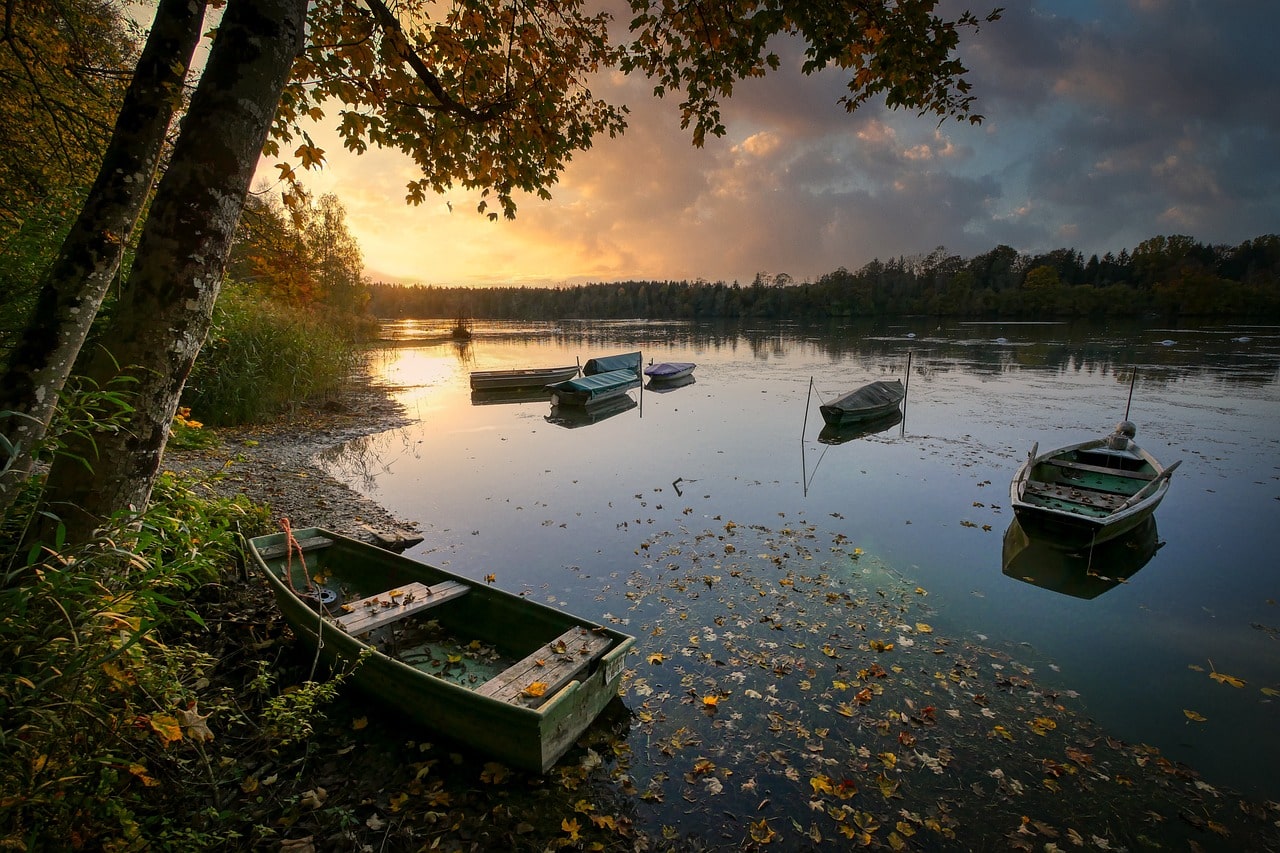Laguna de Bay shines as the Philippines’ most precious gem. Nestled in Luzon, the grandest of the Philippine islands, this sprawling 225,300-acre freshwater wonder is the country’s largest lake and the third-largest freshwater lake in Southeast Asia*. Located just under 20 miles east of Manila Bay, Laguna de Bay’s history intertwines with that of the bay itself, once being a part of it in prehistoric times before geological shifts cut it off around 6000 years ago. Serving as the main artery of the lake, the Pasig River flows into Manila Bay, contributing to the lake’s unique ecosystem. Resembling a ‘W’ in shape, Laguna de Bay boasts three distinctive bays at its northern tip. The Center Bay, a sunken caldera of the Laguna volcano, provides a captivating centerpiece to the lake. Scattered within the lake’s expanse are nine islands, with Talim Island proudly standing as the largest, demarcating the boundary between West Bay and Center Bay. The eastern shores of East Bay offer a quieter terrain, starkly contrasting with the bustling development stretching along West Bay towards Manila’s bustling heart. Laguna de Bay holds significant cultural importance to the Philippines, with its watershed being shared by numerous local governments, provinces, municipalities, cities, and various villages, supporting a population exceeding six million. However, the dense population along its 176-mile shoreline presents a challenge, leading to critical water quality concerns as the lake grapples with competing needs and activities. The fertile waters of Laguna de Bay serve many purposes, from irrigating vast swathes of farmland near its banks to cooling the burgeoning industrial sector cropping up around its shores. The lake also doubles as a potential reservoir for drinking water, further underlining its vital role in sustaining the region’s needs. Yet, the lake’s delicate balance is threatened by unauthorized settlements, industrial pollution, and insufficient infrastructure to manage these challenges. Efforts like the Napindan Hydraulic Control Structure have been made to safeguard the lake’s ecological integrity, with mixed results witnessed over time. A pivotal source of sustenance for Filipinos, fishing thrives on Laguna de Bay. The practice of aquaculture, once dominant with over 75,000 acres of fish pens, has seen a transformation to restore ecological harmony. While challenges like turbidity and pollution persist, the lake’s periodic saltwater backflow from Manila Bay remains a natural remedy, aiding in rejuvenating the aquatic life.
Furthermore, Laguna de Bay is a primary transportation route, connecting villages and forming part of the migratory path for birds. To address these complex issues and streamline lake usage, the Laguna Lake Development Authority was established in 1966. Tasked with fostering sustainable development around Laguna de Bay, the LLDA works tirelessly to implement environmental policies, monitor water quality, and enlist community participation in natural resource conservation. As strides are made towards a balanced coexistence with the lake, hopes are high for a brighter future where Laguna de Bay fulfills its potential as a prime tourism destination and economic hub for the region. Often mistaken for Laguna Lake, Laguna de Bay’s true essence lies in its name, with ‘Laguna’ translating to the lake itself; ‘Bay’ serves as a namesake hailing from the historical village of Bay on its southern shores. Rich in history, the lakeshore bears witness to millennia of human habitation, evident in the ancient Angono petroglyphs adorning Binangonan Rizal’s lakeside. Venturing further, one can discover a wealth of Spanish-era churches and architectural marvels, offering a glimpse into the region’s storied past. Venture beyond the lake’s southern fringes, and Mount Makiling National Park beckons with its myriad attractions for tourists. Whether hiking up the dormant volcano, exploring the lush forests, or soaking in the natural wonders like the ‘Mud Springs,’ the park promises an adventure-filled retreat.
The park’s botanical gardens and the National Art Center add to the eclectic mix of experiences awaiting visitors. With a tapestry of attractions dotting Laguna de Bay’s surroundings, visitors are treated to various sights and activities. From quaint lodgings to bustling Manila’s diverse hospitality options, the region offers a blend of experiences to suit every traveler’s taste. So pack your camera, immerse yourself in the local crafts, and savor the warmth and hospitality of the Filipino culture on this unforgettable journey!*Laguna de Bay stands as a beacon of the Philippines, a symbol of natural splendor and cultural heritage;* Surpassed only by Cambodia’s Tonle Sap at 667,184 acres and Sumatra’s Lake Toba with 279,229 acres.

